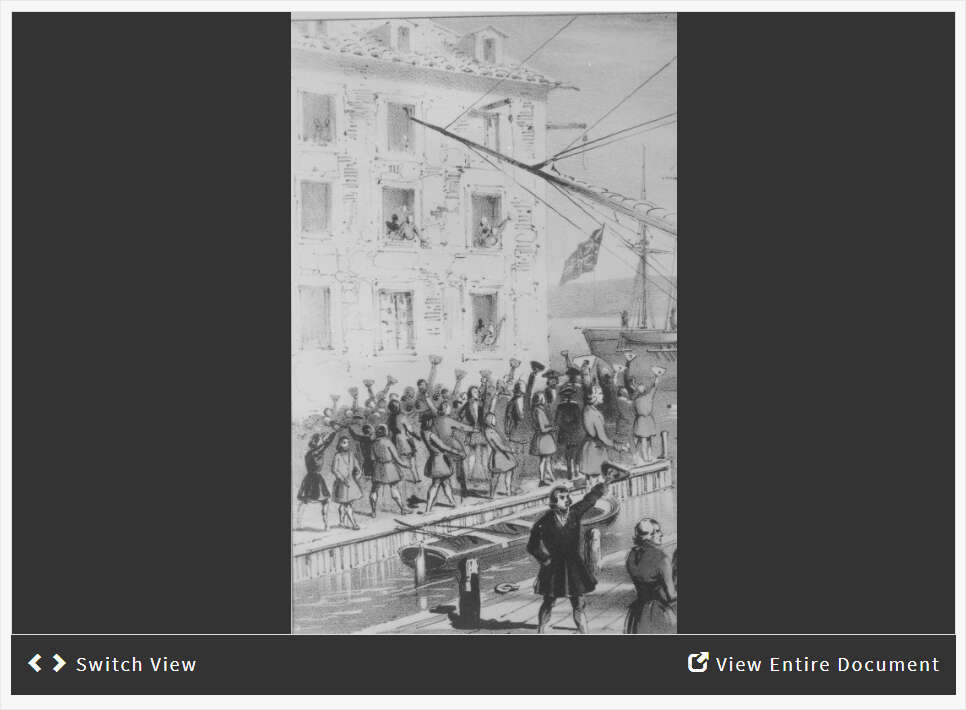Boston Tea Party Image Analysis
Focusing on Details: Zoom/Crop

About this Activity
- Created by:National Archives Education Team
- Historical Era:Revolution and the New Nation (1754-1820s)
- Thinking Skill:Historical Analysis & Interpretation
- Bloom's Taxonomy:Analyzing
- Grade Level:Upper Elementary
In this activity, students will analyze a drawing related to the Boston Tea Party.




